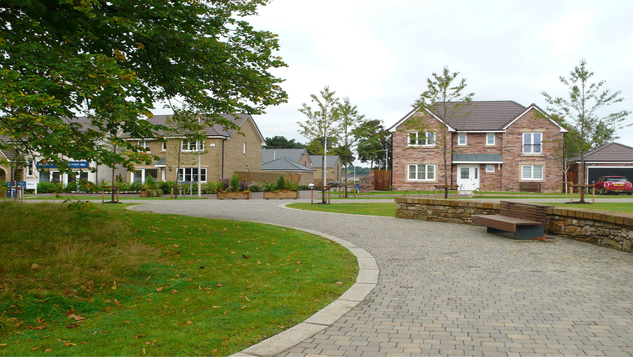
THREE Scottish planning projects were honoured at the national awards ceremony of the Royal Town Planning Institute (RTPI).
Cuningar Loop Urban Woodland Park, submitted by South Lanarkshire Council, won in the ‘Health and Wellbeing’ category. Working with Clyde Gateway and Forestry Commission Scotland, the council transformed Cuningar Loop from a derelict wasteland to a 15 hectare urban woodland park connecting Rutherglen, Dalmarnock and Parkhead in South Lanarkshire and Glasgow’s east end.
The project forms part of the 2014 Commonwealth Games legacy. Judges described it as ‘transformational’ with an ‘impressively inclusive approach with all stakeholders’.
Dargavel Village, submitted by Renfrewshire Council, won in the Planning for Homes (Large Schemes) category. Dargavel Village is the site of a former BAE Systems Royal Ordnance factory. It is one of the largest brownfield sites in Scotland and has been subject to major regeneration with 4,000 new homes, plus retail, education, health and recreational facilities, and a ‘Green Network’ of parks, paths, woodland and habitat pockets.
The judges said, “We felt Dargavel Village was a great example of a large development scheme that brought previously inaccessible land back into use, creating a self-sustaining community. In particular, we noted the inclusion of multiple community facilities including green corridors and woodland areas.”
The Stirling Enhanced Landscape Mitigation Project, submitted by Ironside Farrar Ltd and Scottish Power Energy Networks, won in the Planning for the Natural Environment category.
Scottish Power Energy Networks and partners were tasked by the Scottish Government with mitigating the effects on the environment of the Beauly to Denny power line which carries electricity from wind farms and other renewable energy schemes. Local communities helped shape the priorities for local projects, determine spend and engage in the design and delivery.
The judges said, “We felt that this was an impressive landscape mitigation project involving innovative community engagement and impressive collective working. The planners went above and beyond, working directly with communities, building capacity and supporting local decision making around place and needs.”










